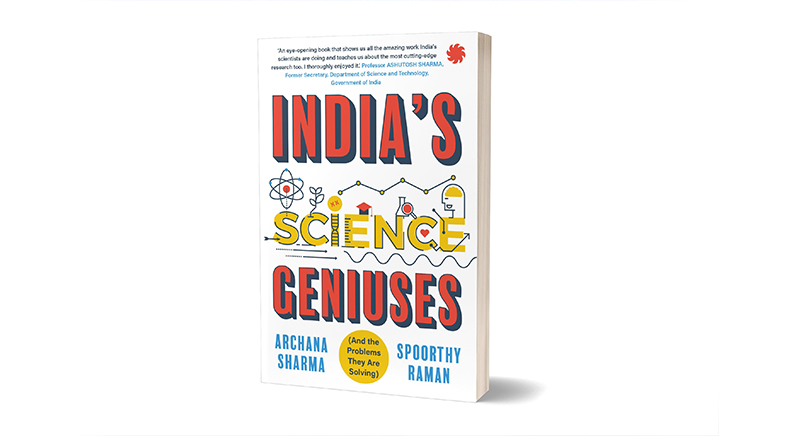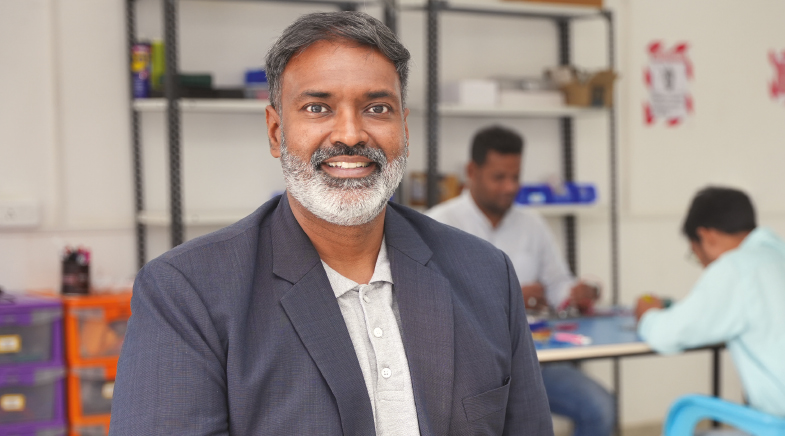The NEW Science of Nutrition
-
- from Shaastra :: vol 03 issue 09 :: Oct 2024

A better understanding of how diet impacts health is leading to new ways of managing and treating lifestyle diseases.
The principle of a digital twin is simple and self-explanatory. It is a digital replica of an individual's chemical complexity, with the metabolic pathways living and interacting inside the computer. In practice, however, it is a stripped-down version of a real person, beginning as a simple digital molecular network and growing in complexity as more and more data about the individual are fed into the computer. With this, some engineers and scientists believe, doctors can reverse metabolic diseases such as diabetes.
The idea drew the interest of Jahangir Mohammed and M.A. Maluk Mohamed. The two engineers-cum-entrepreneurs had met at the United Economic Forum Trade Summit in Chennai in 2017. Mohammed was a serial entrepreneur in Silicon Valley who had just sold his company, Jasper Technologies, to Cisco for $1.6 billion. Mohamed was the Chairman of the M.A.M. Group of colleges in Tamil Nadu. Mohammed was looking for opportunities in healthcare after selling his company, and Mohamed was looking to develop healthcare technology after a difficult family experience when his young son's liver failed due to unknown reasons.
The two entrepreneurs joined hands with Terry Poon, who was Vice-President of Engineering at Jasper, to set up Twin Health in 2018, with offices in Chennai and Silicon Valley. Over six years, they developed a digital twin technology that could be used by experienced doctors to provide advice to treat or reverse metabolic diseases. "As we dug deeper," says Mohamed, "we found that there cannot be a common solution for every human because the biology of every human is unique." Human metabolism is complex and dynamic, and its defects are the root causes of several diseases. Metabolism varies from individual to individual. It also varies in the same individual as they age.
PAST ISSUES - Free to Read


Have a
story idea?
Tell us.
Do you have a recent research paper or an idea for a science/technology-themed article that you'd like to tell us about?
GET IN TOUCH














